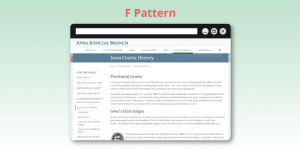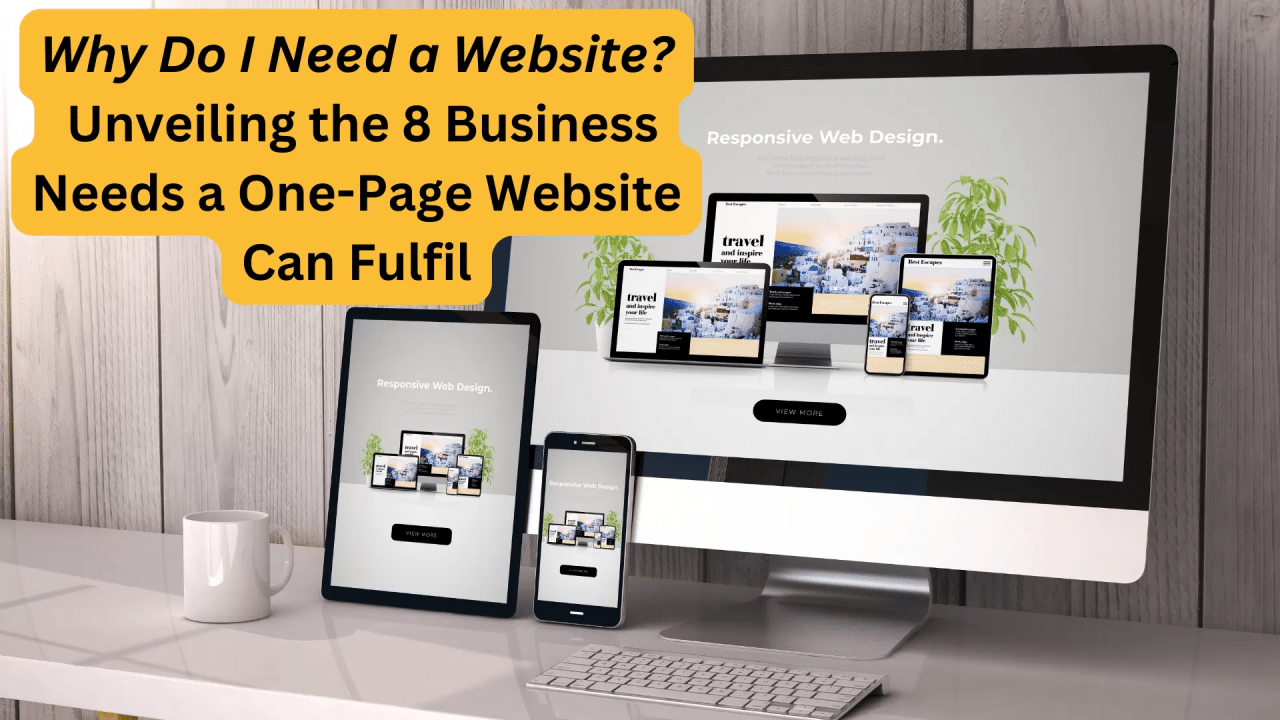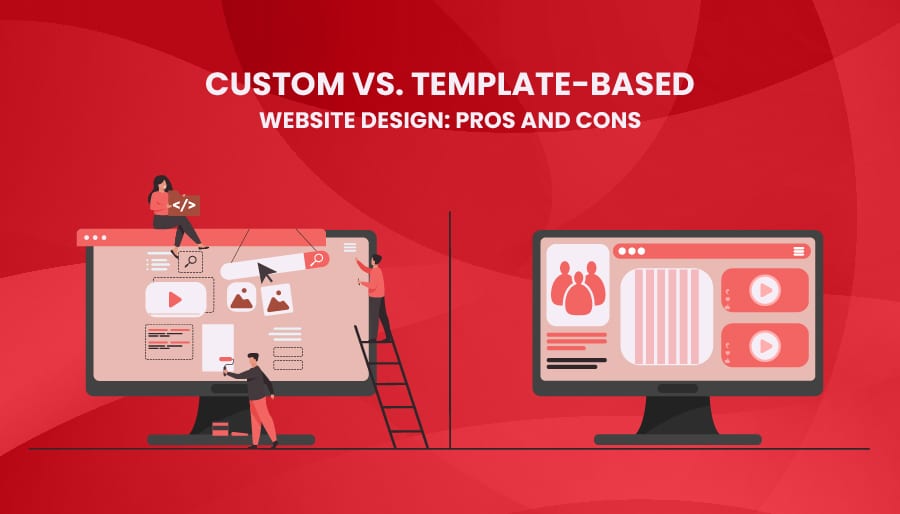What Makes a Website ‘Timeless’? A Complete Guide to Building Sites That Age Gracefully
In the fast-paced world of digital design, trends come and go—yet some websites manage to stay relevant, functional, and visually appealing for years. These aren’t just “good” websites; they’re timeless.
But what makes a website ‘timeless’? Is it a specific design style? A certain layout? Or maybe a perfect mix of usability and purpose?
In this guide, we’ll walk you through the core principles and design strategies behind timeless websites. Whether you’re a designer, developer, or business owner, you’ll learn how to build a site that stands the test of time—without constantly needing a redesign.
Why Aim for a Timeless Website?
Before we dive into the how, let’s talk about the why.
A timeless website:
-
Reduces maintenance costs
-
Retains its visual appeal for years
-
Delivers a consistently good user experience
-
Supports long-term branding efforts
-
Improves SEO by maintaining structure and authority
With the right foundation, your website can evolve gracefully without constant overhauls. Think of it like a classic white shirt—it might not follow every trend, but it always looks good.
What Makes a Website ‘Timeless’? 7 Core Elements
Let’s break down the key characteristics of timeless websites and how you can implement them step by step.
1. Clarity in Purpose and Structure
A timeless website begins with clear intent. Why does your website exist? What do you want users to do?
Whether it’s selling products, sharing information, or booking appointments, clarity helps you build a site that doesn’t rely on trend-based gimmicks.
How to Apply:
-
Define 1–2 core goals for your site.
-
Use a simple navigation structure that helps users find key content in 1–3 clicks.
-
Avoid overloading your homepage with too many CTAs or features.
✅ Pro Tip: Timeless websites are often user-first, not trend-first.
2. Minimalist, Content-First Design
Design trends like neumorphism or glassmorphism can look cool—but they often age quickly. A timeless website leans into minimalism and content-first design.
Minimalist doesn’t mean boring. It means only showing what matters, with ample breathing room, and avoiding clutter.
How to Apply:
-
Use whitespace effectively.
-
Stick to 2–3 complementary colors.
-
Choose typography that’s clean and legible (sans-serif fonts are a safe bet).
-
Avoid overuse of animations or gimmicky effects.
✅ Pro Tip: Take inspiration from brands like Apple, Medium, or Wikipedia—clean, intuitive, and built around content.
3. Responsive and Mobile-First
This one is non-negotiable. A timeless website needs to look and function beautifully across all devices.
With over 60% of web traffic coming from mobile, your site should be designed with mobile use cases in mind—not just as an afterthought.
How to Apply:
-
Use flexible grid systems and fluid layouts.
-
Test your website on various screen sizes (mobile, tablet, desktop).
-
Prioritize fast load times and thumb-friendly design elements.
✅ Pro Tip: Mobile-first design often results in cleaner interfaces—an added bonus for timeless appeal.
4. Strong, Evergreen Content

Design is only one side of the coin. The content on your site needs to hold value over time.
Timeless websites typically include:
-
Evergreen blog posts (how-to guides, FAQs, tutorials)
-
Clear About and Contact pages
-
Concise, benefit-driven product or service descriptions
How to Apply:
-
Write for your audience’s ongoing needs—not short-term trends.
-
Regularly audit and update outdated content without changing URLs.
-
Optimize content for SEO (headers, meta descriptions, internal linking).
✅ Pro Tip: Use the 80/20 rule—80% evergreen content, 20% time-sensitive or trend-related.
5. Accessible and Inclusive Design
Timeless websites are built for everyone, regardless of ability. Accessibility isn’t just a trend—it’s a requirement for future-proofing.
How to Apply:
-
Use proper HTML semantics (headings, labels, alt text).
-
Ensure color contrast meets WCAG guidelines.
-
Make your site navigable via keyboard.
-
Use ARIA roles when needed.
✅ Pro Tip: Use tools like WAVE or Lighthouse to test accessibility.
6. Speed and Performance Optimization
Even the best-looking site won’t age well if it’s slow. Performance is essential to long-term success, and Google takes page speed seriously for SEO.
How to Apply:
-
Optimize images (use modern formats like WebP).
-
Minimize CSS and JavaScript files.
-
Use lazy loading and a good caching strategy.
-
Choose reliable, fast hosting.
✅ Pro Tip: Aim for a Google PageSpeed score of 90+ on both mobile and desktop.
7. Scalable Technology and CMS
What’s under the hood matters. A timeless website should be built on technology that can scale with your business.
Avoid obscure platforms or bloated page builders that might not be supported in a few years.
How to Apply:
-
Use widely supported CMS platforms like WordPress, Webflow, or even static site generators like Hugo.
-
Keep plugins and integrations minimal and vetted.
-
Ensure your tech stack is modular and easy to update.
✅ Pro Tip: Prioritize clean, semantic code and modular CSS for long-term maintainability.
Summary: The Timeless Website Checklist
Here’s a quick-hit checklist for creating a timeless site:
| Element | Key Focus |
|---|---|
| Purpose & Structure | User-first goals and simple navigation |
| Design | Minimal, content-focused, legible |
| Responsiveness | Mobile-first, responsive across devices |
| Content | Evergreen, SEO-optimized, valuable |
| Accessibility | Inclusive and compliant with standards |
| Performance | Fast loading, lightweight assets |
| Technology | Scalable, maintainable tech stack |
Nail these, and you’ve got a site that won’t just survive—it’ll thrive for years.
Frequently Asked Questions
1. Can any website be made timeless?
Yes, with the right foundation. Even highly visual or trend-driven sites (like portfolios or fashion blogs) can incorporate timeless principles like usability, performance, and evergreen content structure.
2. How often should I update a timeless website?
You should audit your site every 6–12 months, but that doesn’t mean redesigning it. Update content, check performance, and make small refinements without changing your core structure.

3. Is timeless design the same as boring design?
Not at all. Timeless design emphasizes clarity, quality, and function—it can still be beautiful, creative, and on-brand. It simply avoids fads that don’t serve the user.
4. What’s the difference between timeless and modern design?
Modern design reflects current visual trends (e.g., gradients, neumorphism), while timeless design favors proven principles that work across time (e.g., legibility, hierarchy, usability). A great website can be both modern and timeless if trends are used sparingly and strategically.
5. How does SEO tie into a timeless website?
SEO and timeless websites go hand-in-hand. Clean structure, fast load times, evergreen content, and semantic HTML all support long-term organic visibility. When your content stays relevant and your site performs well, search engines reward you.
Final Thoughts
In a digital world that’s constantly changing, the idea of a timeless website might seem idealistic. But it’s absolutely achievable.
It’s not about resisting change—it’s about building on a solid foundation so your site can evolve without losing its soul (or your audience). Whether you’re creating a brand-new website or improving an existing one, focusing on usability, content, performance, and accessibility will ensure your site serves you well—today, tomorrow, and five years from now.
So the next time you’re tempted by a flashy new design trend, ask yourself: Will this still work in three years? If not, stick with what’s timeless.
Ready to Build a Timeless Website?
If you’re planning a redesign or building from scratch, use the principles above as your blueprint. And if you need expert guidance, don’t hesitate to reach out to a professional designer or developer who understands how to future-proof your digital presence.
Let your website be more than a trend—let it be a legacy.





